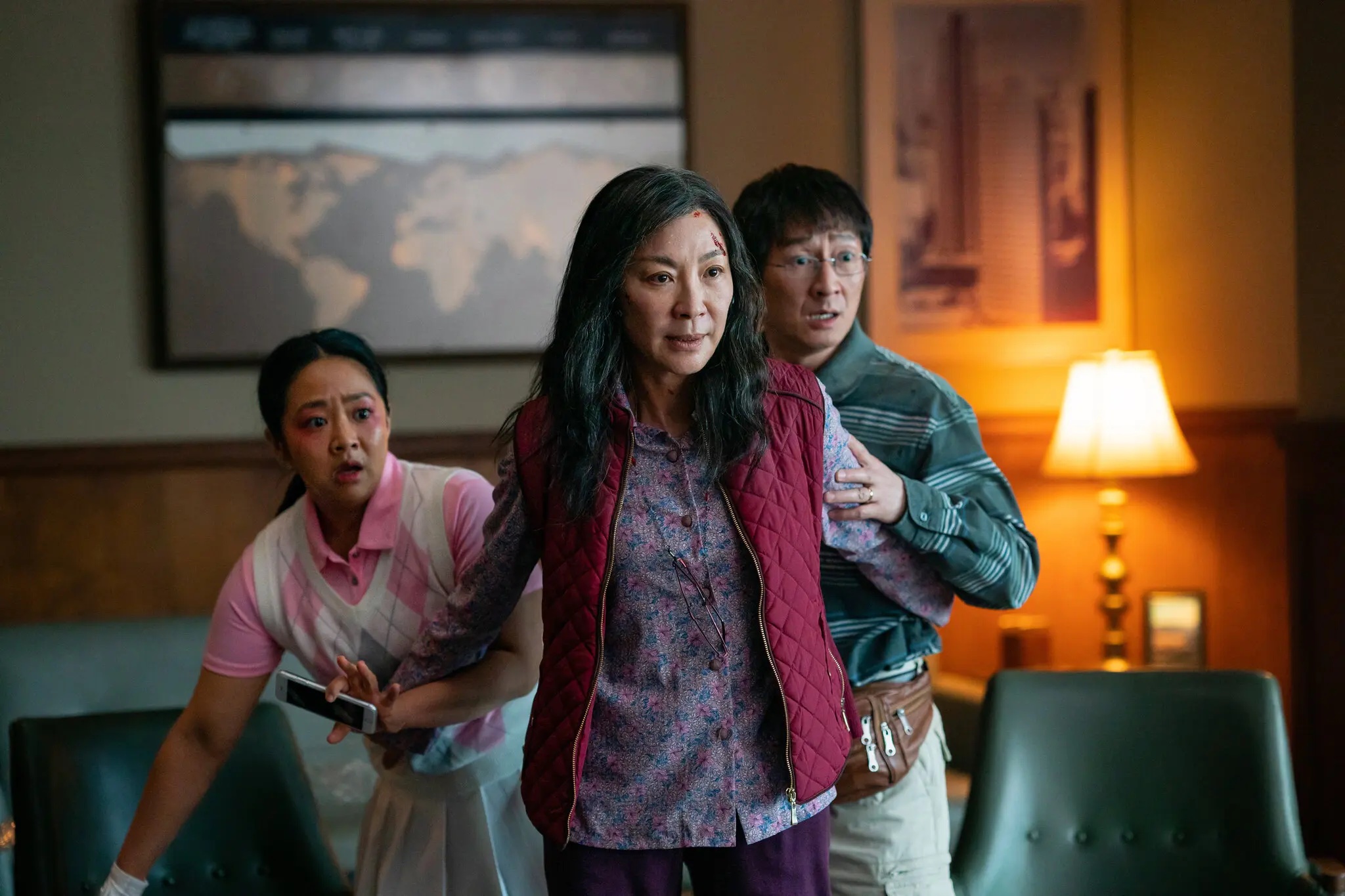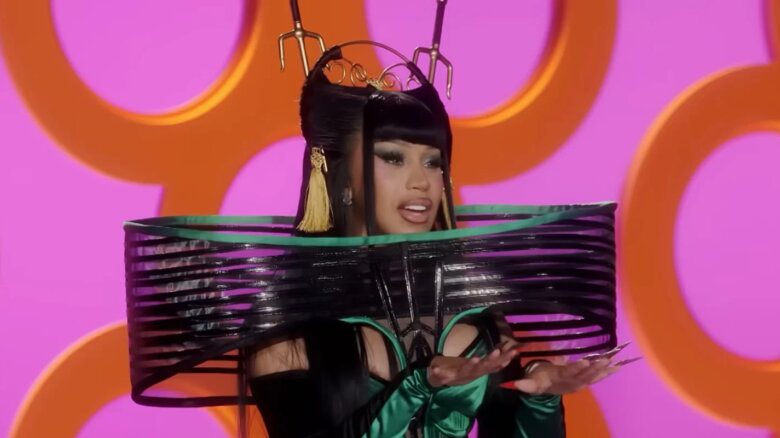There’s a line in the queer poet Walt Whitman’s “Song of Myself” I return to often when I’m feeling particularly moody and self-reflective:
Do I contradict myself?
Very well then I contradict myself,
(I am large, I contain multitudes.)
As a closeted and angsty literature-obsessed teen growing up in the mid-aughts, it caught my attention during a poetry class as a way of bringing together all of the messy feelings I was feeling. The idea of all of these different contradictory people existing in me felt like a clean explanation for feeling like I was one person one day and another the next. Of course I was confused and unsure about who I am or who I wanted to be—after all, I am large and I contain multitudes.
The person I am today is the result of a multitude of choices: which university I went to, what city I live in or what I had for breakfast. Somewhere in another universe maybe there is a Mel that stayed in their small town, or a Mel that never came out, or a Mel that never became a writer. On a smaller scale, there’s a Mel that said no to a date with the person who would become my life partner, or a Mel who chose oatmeal instead of toast.
Where are all of those versions of me who made different choices now? How did their lives turn out different? And most importantly: are they any better or any happier than I am now? And do the choices that made me the version of who I am today actually matter?
Everything Everywhere All at Once, the much-anticipated new film from directors Daniel Kwan and Daniel Scheinert (professionally known simply as “Daniels”) hits wide release this weekend across North America. Among the many ideas (and there are many) with which the film grapples is what to do with all of those multitudes within us, and what it means to be happy with who we are now.
Michelle Yeoh stars as Evelyn, a Chinese immigrant living in San Francisco operating a laundromat with her husband Waymond (former child star Ke Huy Quan) and navigating a complicated relationship with their queer adult daughter Joy (Stephanie Hsu). At the start of the film, Evelyn is juggling planning a Chinese New Year party at the laundromat, a visit from her elderly father Gong Gong (James Hong), Joy’s desire to introduce her girlfriend to Gong Gong, and tax troubles with the IRS.
When the family takes a trip to the IRS to meet with a curmudgeonly tax agent (Jamie Lee Curtis), things quickly go awry for Evelyn as she encounters an alternate version of her husband who claims the fate of the universe(s) rests upon her. Without even leaving the IRS building (in this universe at least), the movie introduces interdimensional pro wrestler battles, fractured identities, hot dog fingers, BDSM, a very funny recurring bit about a raccoon version of Ratatouille and surprisingly tender exploration of queerness, families and what it means to choose love when navigating the chaotic and unpredictable world.
The film, conveniently divided into three sections mirroring its title, feels underserved by its nearly two-and-half-hour run-time. Entire universes are hinted at in split-second shots, questions are left unanswered and delightful tangents feel like they could be entire spin-off films. It’s unlike any movie I’ve ever seen before, and my partner and I left the screening already anticipating a rewatch, looking to unpack everything we’d just experienced.
From the visuals to the sound to the performances and especially the editing—which successfully makes the viewer feel like every universe is happening all at once—the Daniels craft an experience that feels simultaneously rapid-fire and worth luxuriating in. To simply call it a “multiple universes movie” in the vein of recent Marvel flicks doesn’t do it justice. Rather than give us a movie where multiple Michelle Yeohs come together to fight evil (though I’d watch that), we get one Michelle Yeoh who contains all of the Michelle Yeohs that ever could or would exist.
Based on their previous film, 2016’s critically acclaimed Swiss Army Man (a.k.a. the Daniel Radcliffe farting corpse movie) Kwan and Scheinert obviously love big questions. With the creative runway afforded by Swiss Army Man’s success, the pair have said in interviews that they wanted to make a multiverse movie that came to some sort of conclusion about existence.
“What if we made a multiverse movie that went so far into the idea of an infinite number of universes that it went to the conclusion of, well, nothing matters?” Kwan said in a recent interview. “[Then] can we as filmmakers, pull them back, and give them a hug?”
Even without a farting corpse with a compass dick, Everything Everywhere All at Once is full of the Daniels’ signature absurdist humour, which comes through in everything from an early shot of a buttplug-shaped tax award with a deliciously satisfying pay-off, to an act break between the first and second sections that had our entire theatre laughing out loud. And I cannot stress enough how funny a bit about Evelyn mispronouncing Ratatouille gets.
Grounding the chaos are the deeply complex performances, particularly from Yeoh who puts in a career-highlight turn that sees her effortlessly navigate dramatic, comedic and action beats that hopefully will garner attention during Oscars season. Paired with Hsu, Yeoh presents a mother-child dynamic achingly familiar to many queer folks, capturing the well-meaning mother who doesn’t get everything right, from jumbling a partner’s pronouns to not grasping the sources of her daughter’s distance. In Joy, the 31-year-old Hsu presents all of the prickly guardedness of someone who has had to step away from the family unit to sort out those multitudes within and keep herself safe, but is tentatively reaching out to reconnect.
To delve into the plot machinations of what brings Evelyn and Joy together and pulls them apart across the universes would spoil some of the film’s most interesting turns, but needless to say the core message of what it means to be enough for each other—and for ourselves—rings true. It’s not a movie about coming out or even coming to terms with queerness in ourselves and others—rather, the film asks about the choices we make every day and who we want to be.
The buttplug-shaped tax award. Everything bagels. Love. Talking rocks. Googly eyes. Much like every person, this film is certainly large and it definitely contains multitudes. In Everything Everywhere All at Once, the Daniels suggest making peace with the multitudes and finding the joy in them.
Everything Everywhere All at Once is now playing in theatres.


 Why you can trust Xtra
Why you can trust Xtra


